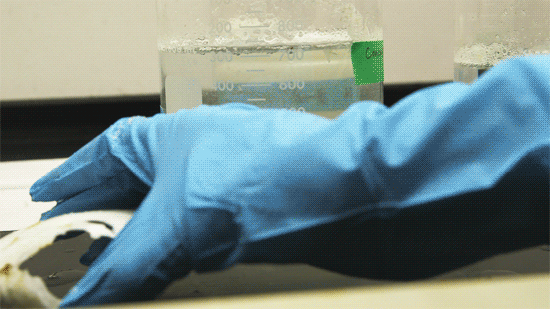Ocean acidification threatens oyster farming
Recently oysters have been surviving at an alarmingly low rate. Oyster nurseries have had to ramp up production of spat, or baby oysters, only to see the numbers of viable “oyster seeds” dwindle. Many nurseries can barely support their own farms, let alone the dozens of farms that rely on their spat every year.
For that reason, oysters have been called the canary in the coal mine by the farmers and scientists investigating the drop in the farmed oyster population. They were able to eliminate disease and low oxygen as the culprits, and the likely emerging culprit is that oysters are the first farmed species to be significantly affected by ocean acidification. The pH of the ocean has decreased by 0.1 pH units, which doesn't seem like much at first glance. But the pH scale is not linear; it is logarithmic. Thus a drop of 0.1 on the pH scale indicates that the ocean is about 30 percent more acidic than it was in 1885.

Increased acidity in water eroding an oyster shell. (TechKnow/Al Jazeera America)
If ocean acidification continues, the ocean may be 150 percent more acidic by the end of the century. That's not a pretty picture for oysters or other species that rely on calcium carbonate minerals to build their protective shells. The change in acid levels in the ocean robs the minerals of carbon, reducing available building blocks a successful oyster, clam, or mussel needs to survive attacks by predators or the impact of a strong wave.
How can we stop, or at least slow, ocean acidification? By reducing our carbon footprint. For years, the ocean has been a "buffer" for the air, absorbing excess carbon with little consequence. Until now. Now not only are we destroying the ocean's delicate balance, we're also affecting our own food supply—including some of the ocean's tastiest offerings.
Watch "TechKnow," Sundays at 7:30PM ET/4:30PM PT on Al Jazeera America.
Error
Sorry, your comment was not saved due to a technical problem. Please try again later or using a different browser.